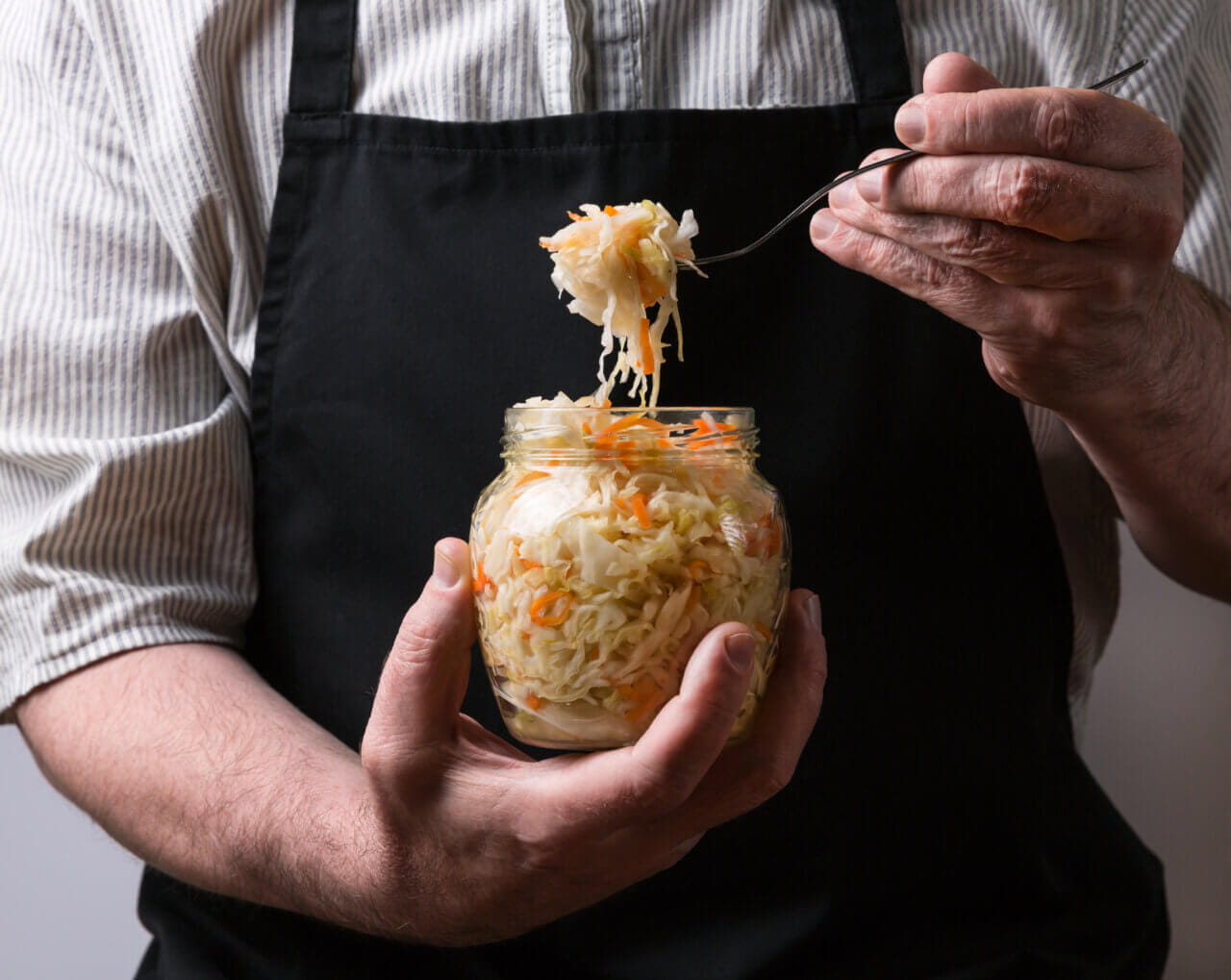What are Hyper-Functional Beverages?

Hyper-functional beverages, sometimes simply called functional beverages, are consumable liquids that contain ingredients intended to convey specific health benefits or improve a particular function of the body. Common hyper-functional beverages include:
- Energy drinks
- Sports performance drinks
- Soy beverages
- Enhanced fruit drinks
- Ready-to-drink teas
- Enhanced water
- Bone broth
Hyper-functional beverages are formulated to produce a variety of results including increased energy, improved sleep, greater mental clarity and alertness, healthier skin, enhanced immunity and improved digestion. Many kinds of additives are used to enhance these beverages, from vitamins, minerals and amino acids, to herbs, probiotics and raw fruits and vegetables. Other less common ingredients can include activated charcoal, chlorophyll and fulvic acid.
An example of a hyper-functional beverage might be a drink that contains cayenne, ginger, turmeric or blueberries to reduce inflammation throughout the body. Or, one that is crafted to boost immunity using vitamin C, echinacea or raw manuka honey. These drinks come in standard sizes but are also sometimes concentrated for consuming as a “shot.”
While the increasing interest in hyper-functional beverages is a relatively recent trend, functional foods have been around for decades. They include things like vitamin-fortified cereal, bread, pasta and yogurt.
The Appeal of Hyper-Functional Beverages
Why are hyper-functional beverages so appealing to many consumers? The focus in recent years on achieving health and wellness through natural means is likely a contributing factor. When faced with the choice of addressing a medical concern by taking medication or consuming a beverage that does not require a prescription or produce negative side effects, most people prefer the latter. Even if no serious health problem exists, hyper-functional beverages can be a positive alternative to soda and other drinks that have little or no health benefit.
And, while some of the ingredients used in these drinks have unpleasant tastes, manufacturers are finding ways to mask those flavors to produce a concoction that pleases the palate.
By all accounts, the future of functional foods in general, and hyper-functional beverages, in particular, is bright. According to research quoted on NutraIngredients.com, the global functional beverage market will be more than $105 billion by 2021, with sales of functional water and functional tea expected to be especially strong. So, while you should always follow any advice received from your doctor, if you choose to address some of your health concerns with a hyper-functional beverage, it appears you will have no shortage of options.
Here are a few things to remember, whether you’re using a sports drink to improve performance or recovery, ready-to-drink teas to boost your metabolism or enhanced fruit drinks to boost your energy. Don’t use hyper-functional beverages to replace other calories (calories from liquids don’t satisfy like calories from food). Fruit juices lack the fiber your body needs and gets from real fruits. And lastly, watch the sugar. Many drink makers use processed sugar to overshadow unpleasant taste of healthy ingredients and make their product more appealing.



